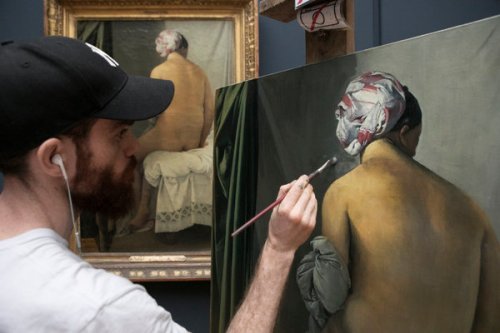:format(webp):no_upscale()/cdn.vox-cdn.com/uploads/chorus_asset/file/19533379/Le_Bernadin_13.jpg)
One of the best meals I’ve had around 7 years ago this month was also one of the greatest value meals I’ve ever had. It was the lunch in the lounge at Le Bernardin and back then it was $55, with $5 of that going to the charity City Harvest. Even four years later, Eater NY said it was only $60. Still a steal.
So I was somewhat shocked when I heard it was now $127! That’s quite a jump from $55. Alas, I got that wrong. $127 is for the lunch. The City Harvest lunch in the lounge is $94, of which $5 still goes to the charity.
I still think it is worthwhile at that price. I know between 2019 and now the restaurant was dealing with the pandemic like everyone else and spent a lot on upgrades to keep the place going. And going it still is. You should go, too.
For more information to help you to decide, here’s the Lounge Menu (and more). The wines by the glass are also good value. To get a lunch at one of the best restaurants in New York with 3 Michelin stars for under $100 is still worth stopping for, I believe.



 I love the the New York Times, I love Charleston, and I love their 36 hours travel series, so I was keen to read this:
I love the the New York Times, I love Charleston, and I love their 36 hours travel series, so I was keen to read this: 










